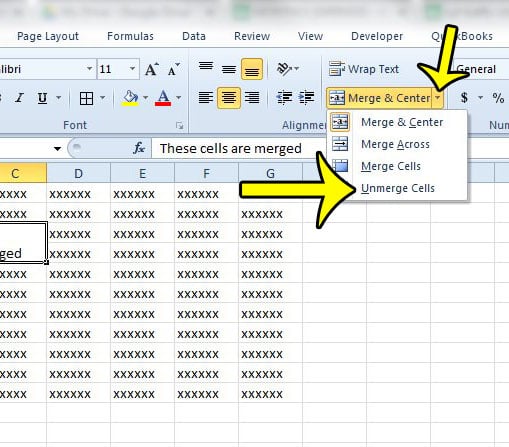Microsoft Excel is the industry leading spreadsheet software program, a powerful data visualization and analysis tool. Take your analytics to the next level with Excel. Download Microsoft Office Excel 2010 for Windows to create spreadsheets, analyze and share information. For MS Excel 2010, Row numbers ranges from 1 to 1048576; in total 1048576 rows, and Columns ranges from A to XFD; in total 16384 columns. Navigation with Rows and Columns Let us see how to move to the last row or the last column. Office 2010 suites include applications such as Word, Excel, PowerPoint, and Outlook. They’re available as a one-time purchase for use on a single PC. Microsoft 365 plans include premium versions of these applications plus other services that are enabled over the internet, including online storage with OneDrive and Skype minutes for home use.
Symptoms
When you open a new workbook in Excel 2007 or Excel 2010, it opens in [Compatibility Mode].
Cause
This problem occurs because Excel 97-2003 workbook is selected as the default file format in Excel.
Resolution
To resolve this problem, follow these steps:
Start Excel 2007 or Excel 2010. (In this article, we use Excel 2010 for example).
Click File, and then click Options.
In the
Excel Options window, click Save.Under the Save files in this format drop-down menu, select Excel Workbook (*.xlsx), and then click OK.
Open an Excel file to confirm the issue is fixed.

- MS Excel Basics
Excel 2010 Formulas
- Editing Worksheet

- Formatting Cells
- Formatting Worksheets
- Working with Formula
- Advanced Operations
- MS Excel Resources
- Selected Reading
Built In Functions
Excel 2010 2
MS Excel has many built in functions, which we can use in our formula. To see all the functions by category, choose Formulas Tab » Insert Function. Then Insert function Dialog appears from which we can choose the function.

Functions by Categories
Let us see some of the built in functions in MS Excel.
Excel 2010 Product Key Free
Text Functions
LOWER − Converts all characters in a supplied text string to lower case
UPPER − Converts all characters in a supplied text string to upper case
TRIM − Removes duplicate spaces, and spaces at the start and end of a text string
CONCATENATE − Joins together two or more text strings.
LEFT − Returns a specified number of characters from the start of a supplied text string.
MID − Returns a specified number of characters from the middle of a supplied text string
RIGHT − Returns a specified number of characters from the end of a supplied text string.
LEN − Returns the length of a supplied text string
FIND − Returns the position of a supplied character or text string from within a supplied text string (case-sensitive).
Date & Time
DATE − Returns a date, from a user-supplied year, month and day.
TIME − Returns a time, from a user-supplied hour, minute and second.
DATEVALUE − Converts a text string showing a date, to an integer that represents the date in Excel's date-time code.
TIMEVALUE − Converts a text string showing a time, to a decimal that represents the time in Excel.
NOW − Returns the current date & time.
TODAY − Returns today's date.
Statistical
MAX − Returns the largest value from a list of supplied numbers.
MIN − Returns the smallest value from a list of supplied numbers.
AVERAGE − Returns the Average of a list of supplied numbers.
COUNT − Returns the number of numerical values in a supplied set of cells or values.
COUNTIF − Returns the number of cells (of a supplied range), that satisfies a given criteria.
SUM − Returns the sum of a supplied list of numbers
Logical
AND − Tests a number of user-defined conditions and returns TRUE if ALL of the conditions evaluate to TRUE, or FALSE otherwise
OR − Tests a number of user-defined conditions and returns TRUE if ANY of the conditions evaluate to TRUE, or FALSE otherwise.
NOT − Returns a logical value that is the opposite of a user supplied logical value or expression i.e. returns FALSE if the supplied argument is TRUE and returns TRUE if the supplied argument is FAL
Excel 2010 Project Plan Template
Math & Trig
ABS − Returns the absolute value (i.e. the modulus) of a supplied number.
SIGN − Returns the sign (+1, -1 or 0) of a supplied number.
SQRT − Returns the positive square root of a given number.
MOD − Returns the remainder from a division between two supplied numbers.

